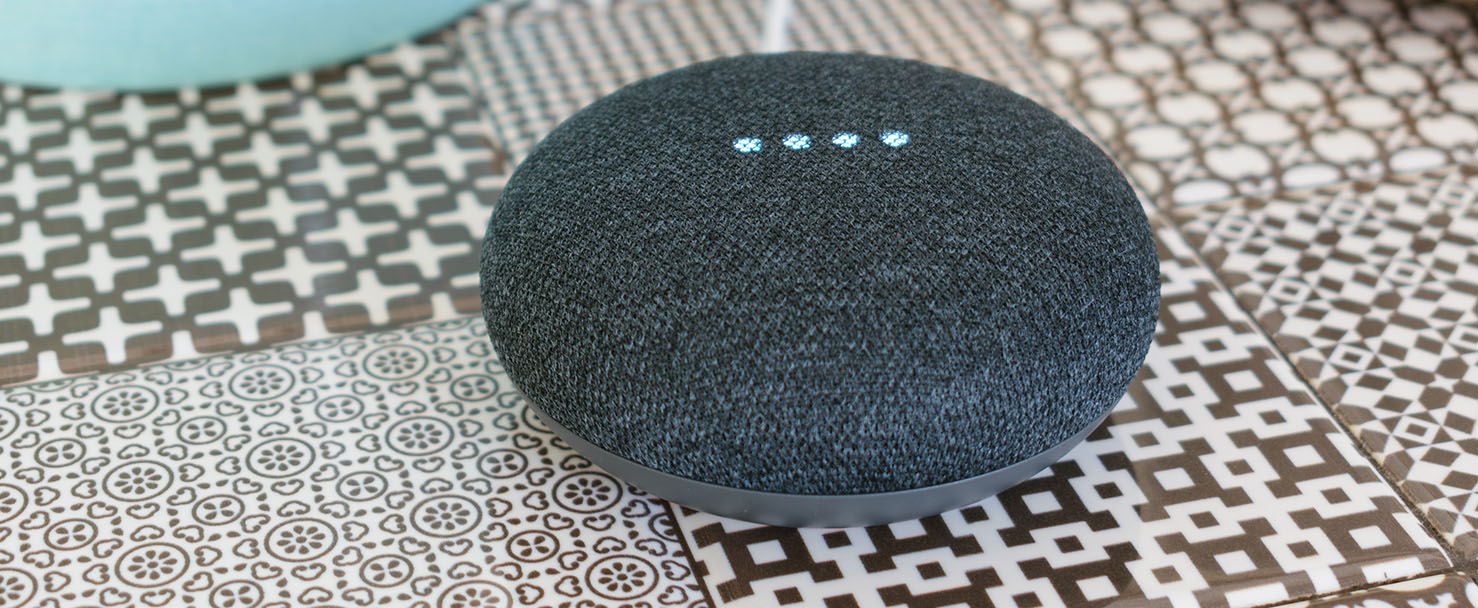Found in Translation
Google tests out simultaneous interpretation at the front desk.
“Bonjour, je souhaiterais récupérer le clé de ma chambre, s’il vous plait.” It’s a simple enough sentence if you speak French. But if you don’t, seemingly basic requests—such as “Hello, I would like the key to my room, please”—may be beyond your grasp. To help break through the language barrier at the front desk, Google recently began testing its Interpreter Mode in Google Assistant on Google Home devices and Smart Displays at select hotels, including Caesars Palace, in Las Vegas, and Dream Downtown, in New York City.
The voice-activated system can translate among 26 languages, from French to Hindi to Mandarin, and provides both written and spoken translations. Resort managers can test out Interpreter Mode on a compatible device by telling the Google Assistant, “Hey, Google, be my French interpreter” or “Hey, Google, help me speak French.”
According to a Google blog post describing the new feature, guests at Dream Downtown can use Interpreter Mode when they need to do things such as check in to their rooms or request amenities like ice or extra towels. At Caesars Palace, staff can use it to provide concierge services for non-English-speaking guests, such as booking tickets or making restaurant reservations, which can often be hampered by language difficulties.
“For the past 10 years, the hospitality business has evolved enormously, and it is now focused on the customer experience,” says Tony Loeb, vice president of sales and marketing at Expérience Hôtel, a customer relationship management consultancy in Paris. “So the role of a receptionist is no longer to give keys and accept payment. They have a real role of guide and concierge at the service of the customer. They are there to understand the clients’ needs and help them by advising them what to do and how to optimize their stay.” With Interpreter Mode, the language barrier may be one less obstacle to excellent service.
Image credit: iStockphoto




